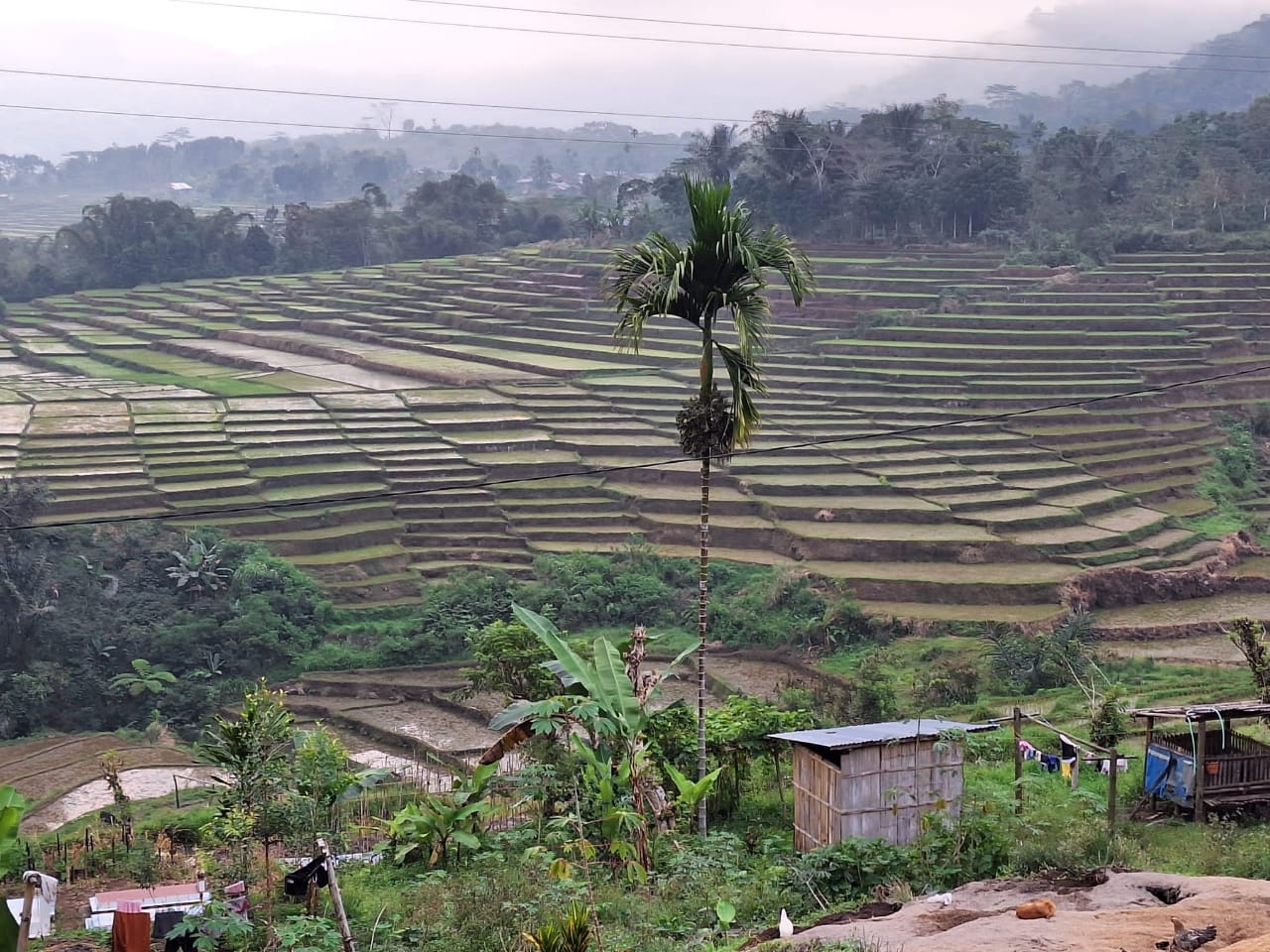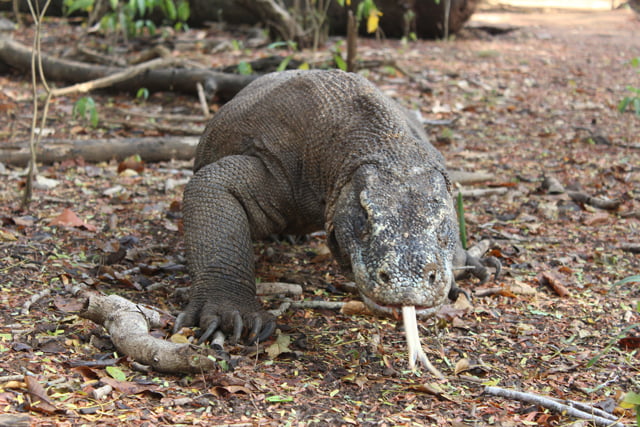Paradise Island of Flores Indonesia situated in East Nusa Tenggara Province, Indonesia, there are three major islands: Flores, Sumba, and Timor Island. Among these three islands, Flores has become a primary tourist destination for both domestic and foreign tourists due to its unique culture, spectacular natural beauty, and the incredible way of life of its people.
The name “Flores” was given by the Portuguese during the colonial period in the 16th century. It derives from the term ‘Cabo de Flores,’ which translates to Cape of Flowers. However, “flowers” here doesn’t refer to terrestrial plants but rather to the beautiful underwater landscape. This is because when the Portuguese went snorkeling, they discovered amazing coral reefs and a variety of colorful fish. Another name for Flores is Nusa Nipa, meaning “snake island,” due to its serpentine shape caused by its mountainous and hilly terrain. Flores is part of the Ring of Fire, experiencing a massive eruption in 1992 followed by a tsunami that resulted in around 3000 deaths.
Read This : Flores Island boasts several tour highlights
Paradise Island of Flores Indonesia historically, the indigenous people of Flores have mixed Malay-Papua ancestry. Influenced by Portuguese and Dutch colonialism, many people on Flores Island are Christian Catholics. The majority of Catholic individuals reside in mountainous regions and work as farmers, while the coastal areas are predominantly Muslim, with residents working as fishermen. These communities have immigrated from various parts of Indonesia, including Bima, Sumba, Bugis, Minangkabau, and Java.
More Info : Some Tips for Travelers During a Vacation to Komodo and Flores Islands
Paradise Island of Flores Indonesia boasts several tour highlights:
Kelimutu National Park: Designated a UNESCO World Heritage Site in 1992, the park aims to protect the flora and fauna within its boundaries. It is renowned for its three crater lakes, each with a distinct color – blue, green, and black. These colors can change due to chemical processes and volcanic gases. Local beliefs also attribute the color changes to impending natural disasters.
Wologai is traditional village of the Lio Clan in Ende Regency: This ancient village, existing for over 800 years, features 18 buildings, including five main houses used for storing heirlooms and conducting traditional rituals. The intricate wood carvings in Wologai’s houses hold deep symbolic meanings, connecting humans with nature.
Riung National Park: Situated on the northern coast of Flores, Riung offers mesmerizing tours where visitors can witness thousands of bats hanging in mangrove forest trees on Ontoleo Island. The park is also renowned for world-class snorkeling, breathtaking viewpoints of sandy beaches, and surrounding isles.
Traditional Village of Wae Rebo: Nestled in Manggarai, Wae Rebo is an isolated village maintaining ancient traditions. The village’s conical houses made of lontar thatch have earned UNESCO recognition for cultural preservation efforts. With no internet or consistent electricity, Wae Rebo offers an authentic glimpse into ancestral heritage and natural harmony.
Read This : Komodo Fullday Tour





